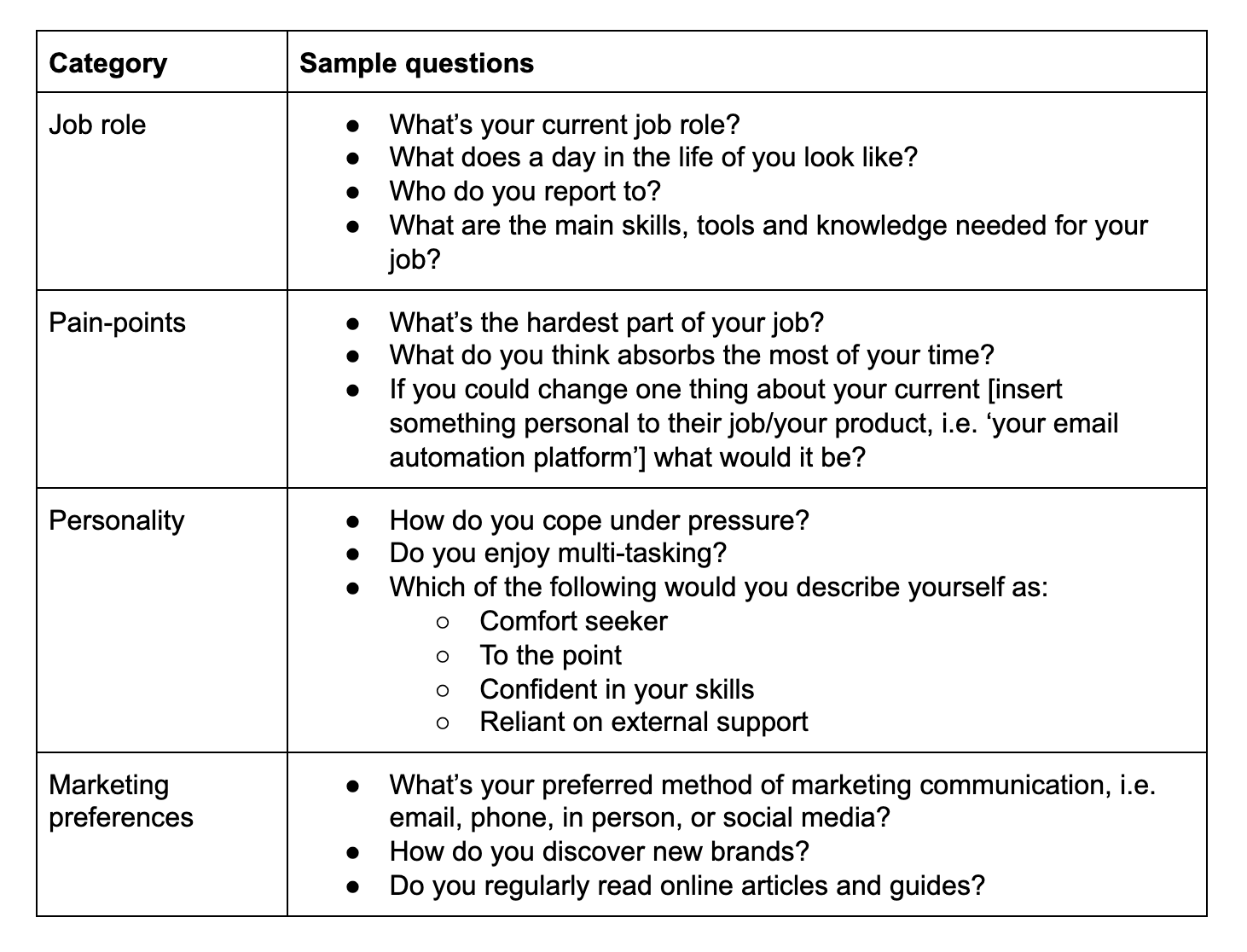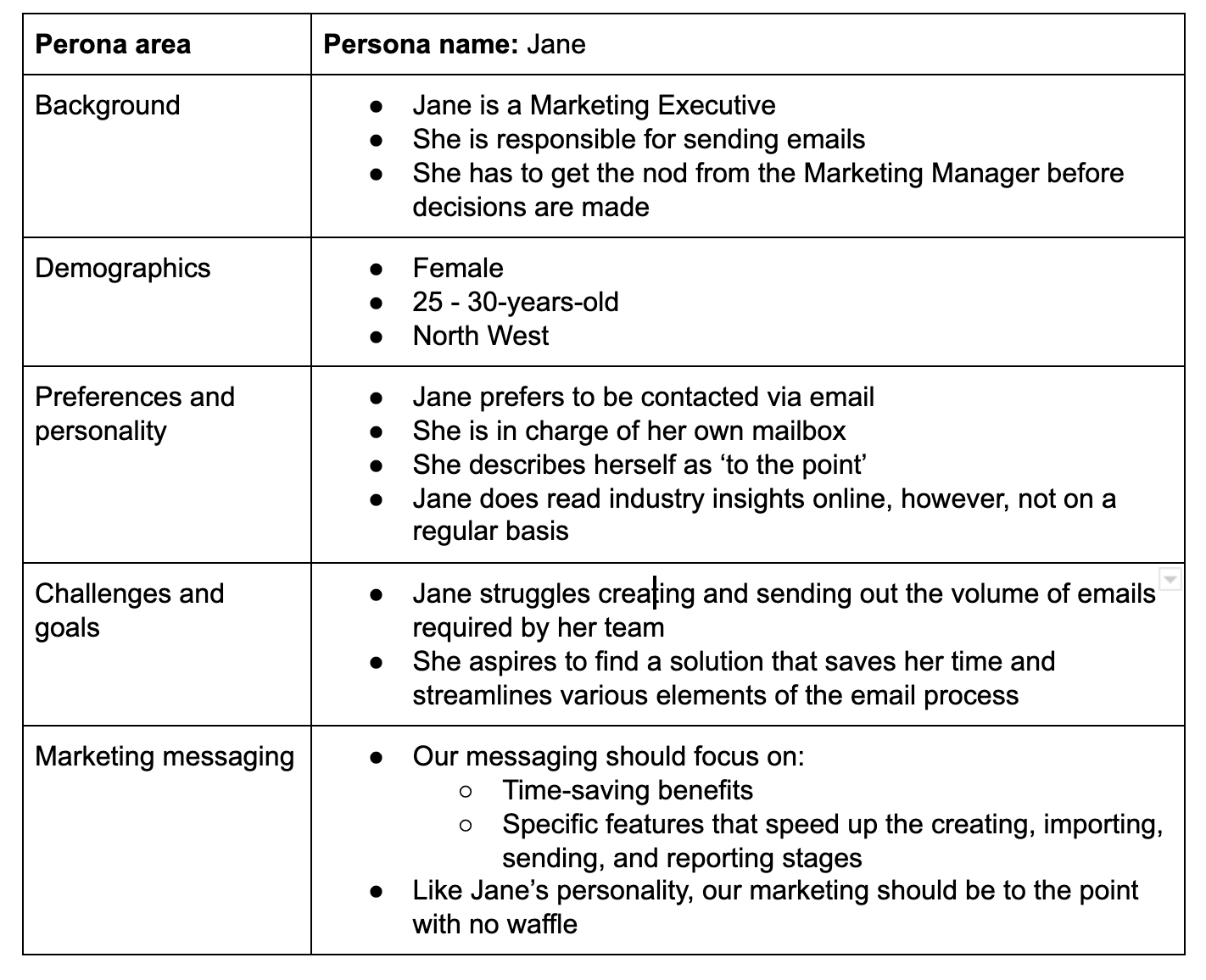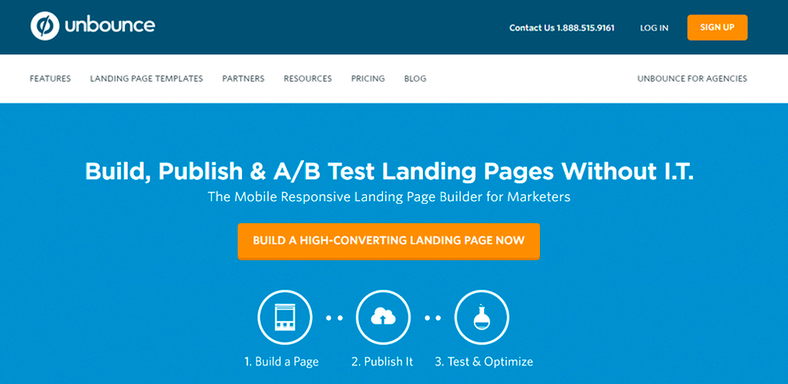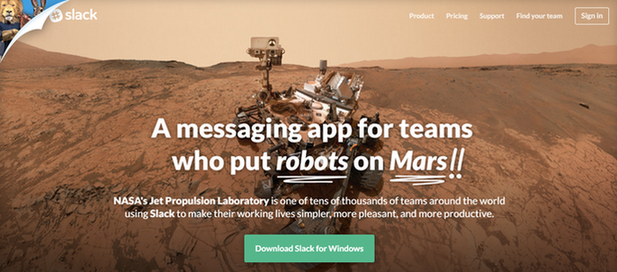A powerful value proposition can be the difference between a prospective customer choosing your brand, or your competitor.
Here, we’ll focus on key topics, such as:
- What is a value proposition?
- How to format your value proposition
- How to create a value proposition
- Examples of value propositions
- How to improve your value proposition
What is a value proposition?
A value proposition communicates how your product or service will benefit your customer. You need to outline why your product is essential for your target segment, how it will solve their pain points, and why your product is more desirable than others on the market.
Time is of the essence when communicating your value to a prospective customer; research has suggested you have between 5 to 30 seconds to hold the attention of a visitor to your landing page before they take their custom elsewhere.
How to create a value proposition
A strong value proposition is essential for any company, and can be achieved by completing four steps:
Research your audience
If you don’t understand what’s motivating your audience, how can you produce a value proposition that’ll resonate with them and convince them to buy your product?
Researching the market will allow you to identify what kind of language is appropriate to include to ensure that you’re able to pinpoint the USP of your product effectively.
If you have an existing customer base, conduct customer and market research sessions. This will provide you with essential information on how your product is already helping them in their daily lives.
Always ask questions that’ll help you establish:
- The type of language you should be using - craft your messages with prospective customers in mind, and speak their language. For example, if your target segment is 16-24-year-olds, colloquial language would be justifiable. On the other hand, if you’re creating messaging for middle-aged professionals, this wouldn’t be appropriate.
- Their problems and pain points - You need to present yourself as the definitive solution to the problem. If a prospect doesn’t consider you to be the best option on the market, they’ll take their custom elsewhere.
In some instances, feedback from your customers may indicate what you initially considered to be your main selling point isn’t held in the same esteem among your customers, in which case, you need to reposition your product and reevaluate your initial messaging.

Create buyer personas
Buyer personas are crucial, as they help you understand your customers from a human perspective - what motivates them to purchase a product? What features do they value most? These questions offer the information you need to create a value proposition that resonates and leads to them purchasing your product.
How to create buyer personas
Your personas need to be built with real information from real people - using your gut instinct won’t do. And remember, creating personas is all about understanding audiences you already know want to buy from you; not people you wish would buy from you.
Buyer personas can be created in four steps:
Step 1: conduct thorough research
Start by sifting through your records to see what kind of information you’ve already got on your customers. It’s unlikely you’ll stumble across everything you need to build a robust persona, but at the very least it’ll give you a jump start.
Some other outlets to gather information include:
- Adding relevant fields into any forms on your website;
- Communicate with sales teams - they’re talking to these people day in, day out after all;
- Introducing useful questions to your customer onboarding process; and/or
- Interviewing existing customers face-to-face or over-the-phone - this option will usually provide you with the richest information.
Tip: if you’re struggling to get people to say ‘yes’ to an interview start by making it clear it’s not sales-driven, give them flexibility around days and times, and think about adding an incentive.
If you’re picking up insights from several different sources remember to create some sort of forum for it all to be collated - it doesn’t need to be complicated, something as simple as an Excel spreadsheet with clearly defined headings would do.
There isn’t a set number of people you need to speak to. The more the better, but, as a rule, for a persona to be considered credible you should aim for between 5 - 10 matching patterns.
Step 2: understand your aims
The two core areas you should be aiming to understand are:
- What problems people are trying to solve, and
- What they want to achieve.
This kind of intel is gold dust for your marketing efforts because it enables you to relate to their motivations and tailor-make your proposition to their wants and needs.
As well as A and B above though, get around a table at the outset and think about anything specific to your business that would come in handy - the last thing you want is to realize you missed something key later down the line.
Step 3: ask the right questions
There are endless questions you could ask, but here are a few ideas to help you hit various touchpoints and create a holistic picture:

Step 4: collate your learnings
By this point, you should have insights coming out of your ears. To turn them into something actionable and meaningful, start by grouping common characteristics - it’s important not to rush this stage or make any hasty generalizations.
Go through everything with a fine-tooth comb and only solidify an assumption if you’ve got enough evidence to go off.
To help you get from A to B, here’s an overview of the types of areas you’ll want your personas to cover:
- Job title and decision-making authority
- Gender, age, and geographic location
- Communication preferences
- What they’re struggling with
- Their overarching aims
- How your product or service helps
- How you should position your marketing messaging.
One of your buyer personas might look like this:

When you’ve identified your target audience, you need to develop your product messaging and product positioning. Your positioning statement will be used to communicate your value and highlight the benefits of your product, above those of your competitors.
Be sure to answer key questions, such as:
- What can you offer your customers?
- What value do you bring to the table?
- How will you solve the customer’s pain points?
Complete competitive intelligence
Never assume you’re the market leader. You need to conduct thorough competitive intelligence to establish what other businesses are doing, and if they’re offering something different, you need to develop your product to surpass the competition.
If a customer has a choice between two competing products doing the same thing, you’re relying on the toss of a coin. However, if you’re offering a differentiating feature, this can easily set you apart and see company revenue and customer retention increase, with customer churn falling.
Product marketers shared their competitive intelligence tips:
“Don’t be afraid to get help from other parts of your organization. Being able to get help from a Sales Engineer or a Developer while you’re reading technical documentation can save a ton of time and help you better understand different personas.”
Mindy Regnell, Marketing Insights Manager at BigCommerce
“Job postings reveal a lot about your competitor's product/growth strategy. They’ll often disclose which areas they're trying to invest in on a technology perspective or which customer segments they're trying to grow the business in the most.”
Julian Clarke, Senior Product Marketing Manager, Team Lead at Lattice
“Spend time getting to know the competitor from all angles: explore their website and gated assets as if you were a prospect, but also understand from their existing customers if the true product experience matches the initial marketing.”
Megan Magee, Product Marketing Manager at ServiceNow
“Start with your value proposition not mentioned by you, but by your customer. From there, understand why you don’t live up to that value proposition and where you can improve. Know your segment, know your buyer and persona.”
Hien Phan, Director of Product Marketing at Formation
“Social media is a goldmine of information.”
Avi Goldstein, Manager of Vendor Relations and Product Marketing at Hertz Furniture
“Keep an eye on your peers, but don't lose sight of why your company is unique. That's the story you want to focus on getting in front of your customers. We've found that when we check all of the right boxes, our customers spend less time comparing us to others and more time asking us what else can we do together?”
Jessica Munoz, Senior VP of Product Marketing at LiveIntent, Inc.
“Hearing what customers say has been the most fruitful competitor intel - using tools like Gong and G2 help to gather that info.”
Andrew McCotter-Bicknell, Product Marketing Manager at ZoomInfo
“Read the cons on all the reviews - even the 4-star review has something they don't like. I analyze this for trends so we can rebuke any objections to a sales pitch.”
Maureen West, Director of Product Marketing at 6sense
“Communicate with your customers who have switched from a competitor. They're the source and can articulate pain points which are more valuable than market-facing positioning from the competitor.”
Miles Price, Senior Product Marketing Manager at Sailthru
Identify the main benefit of your product
Having identified your buyer persona and competitors, you need to establish the main benefit of your product.
In some cases, there may be multiple reasons you think a customer should use your product or service.
For example, Uber acknowledges the frustrations associated with ordering a ‘traditional’ cab, before highlighting why users should use their app instead. They have three features that could be deemed USPs: a car comes directly to you, your driver knows exactly where to go, payment is cashless. However, the collective USP is that commuters can order a cab at the touch of a button - that’s what users are interested in most.

Statistics make the world of difference. Go above and beyond and provide specific stats to demonstrate how purchasing your product will enhance their lives and/or business.
Let’s stick with Uber to explain our point. If they said “Uber reduced commuting time in 2020” this doesn’t carry as much weight as “in 2020, Uber helped over 93 million users per month reduce their journey time by an average of 15 minutes”. The difference is there for all to see; statistics help you to express concrete value.
These four steps are key to creating a value proposition that ties together your customer needs, what the market offers, and what you’re offering.
How to test a value proposition
When you’ve created your value proposition, it’s important to test it to establish whether it resonates with your audience. Complete a test run by following these five simple steps:
- Define who you are targeting and what benefits you are bringing them
- Build a simple landing page
- Set up a cold email / LinkedIn outreach campaign
- Launch outreach to them
- Evaluate if the offer resonates or fails
A cold campaign serves as the true acid test for your value proposition; if you’re able to convert prospects you’ve never approached before, the chances are you’ve created a value proposition ticking all the right boxes.
Value proposition examples



Looking for further inspiration? Product Marketing Alliance spoke with Nisha Goklaney, Marketing Director at Sage, who gave her perspective on how to create a killer value proposition for your customer.
Get expert advice on key topics such as:
- How to create a value propositions framework
- Examples of value propositions that work
- Essential steps to consider when getting started with value propositions



